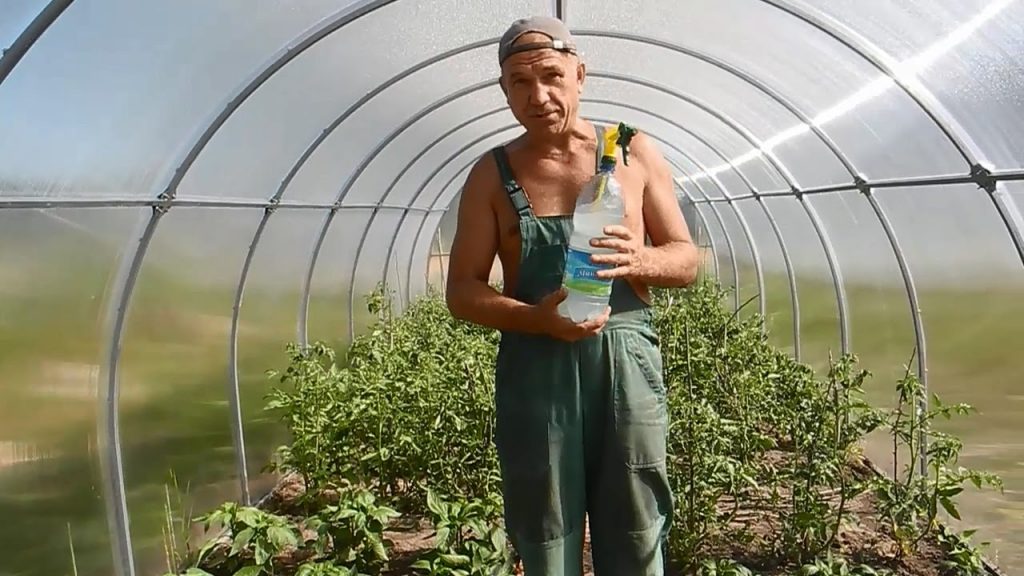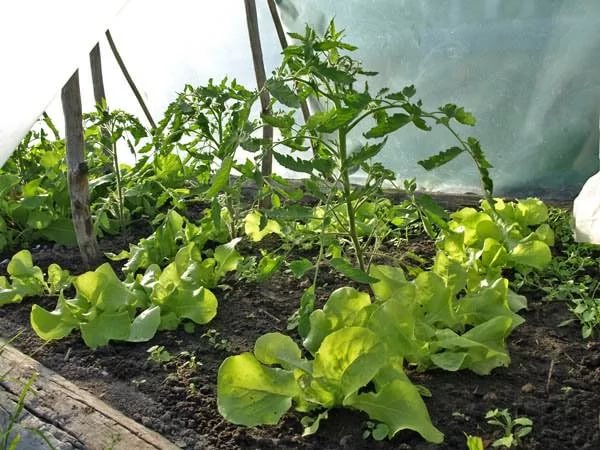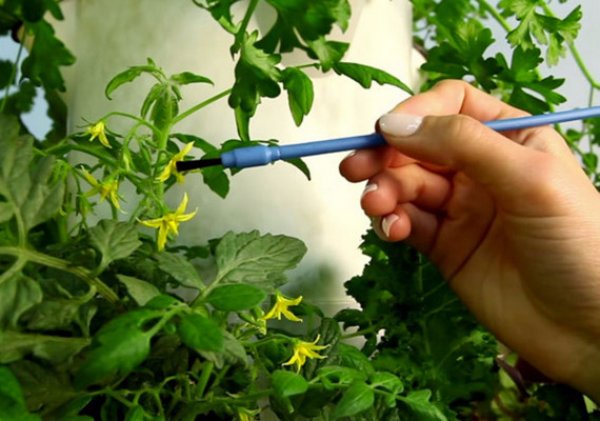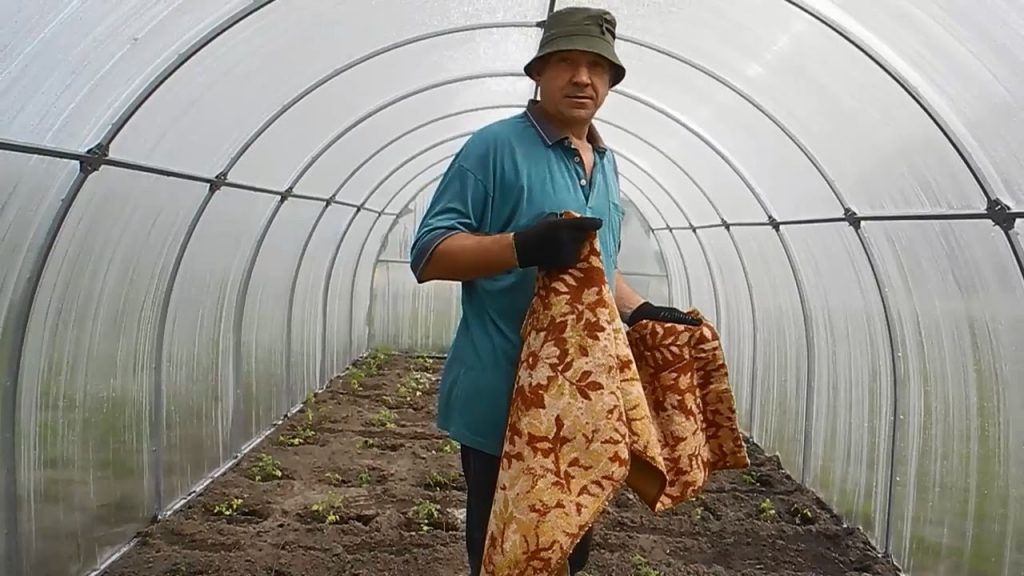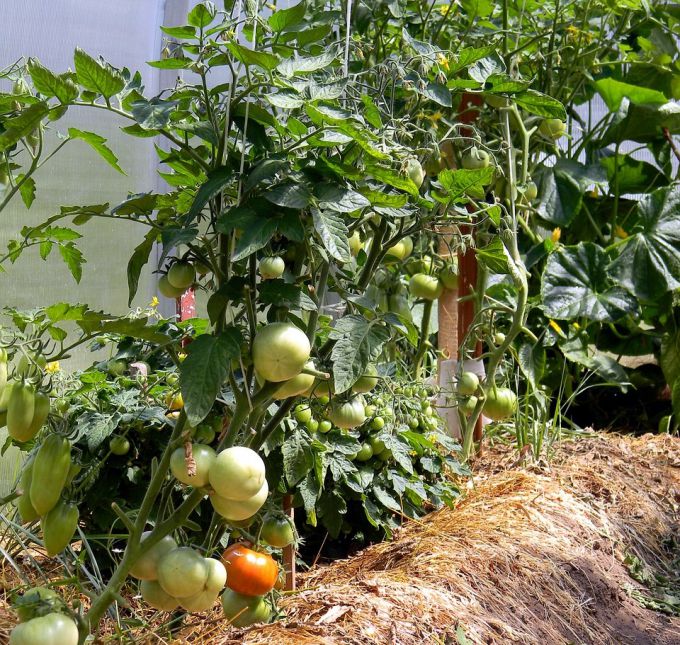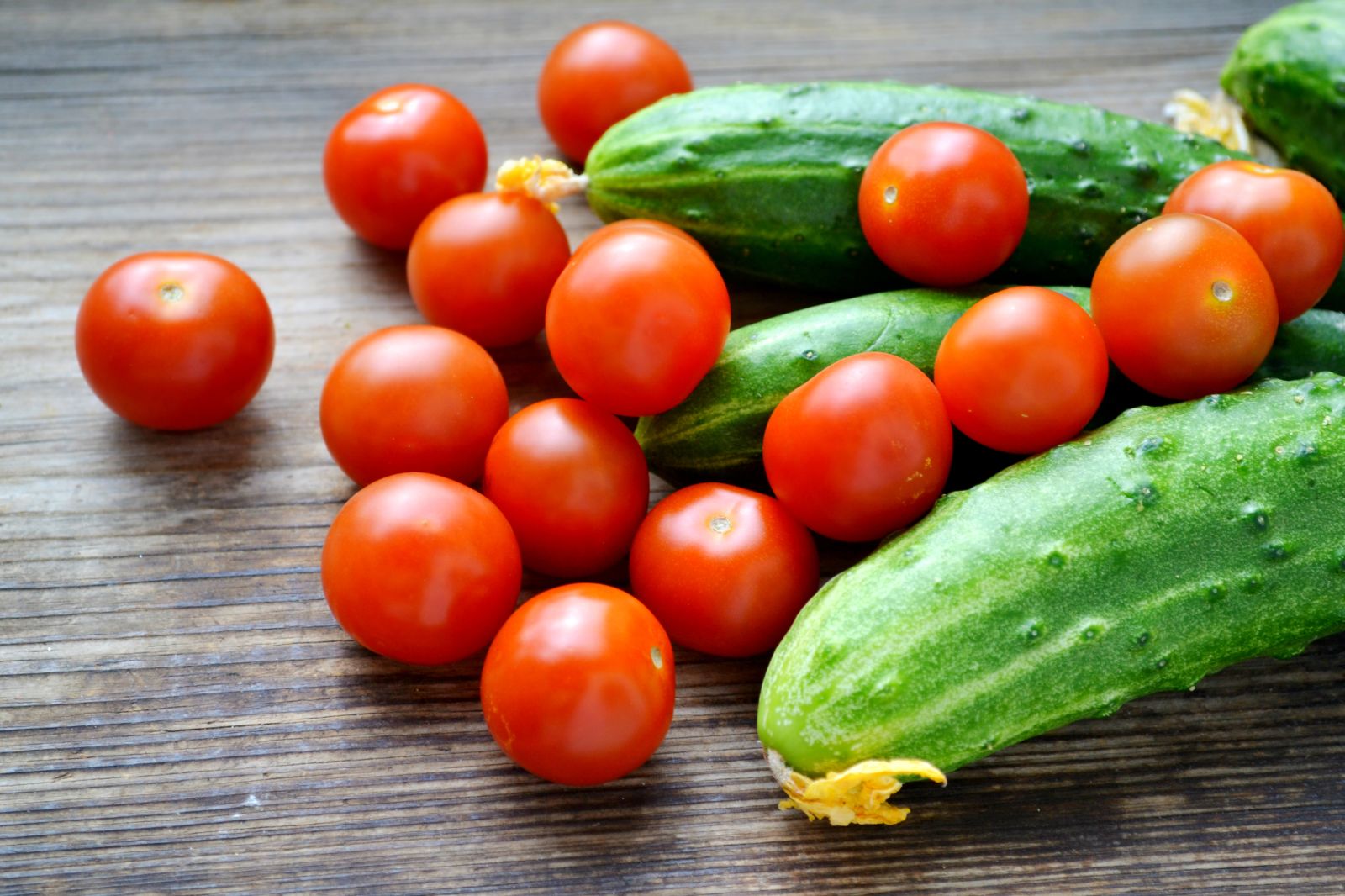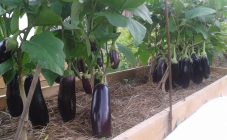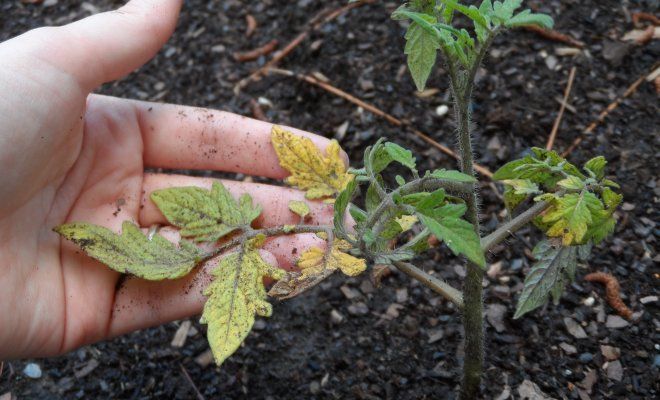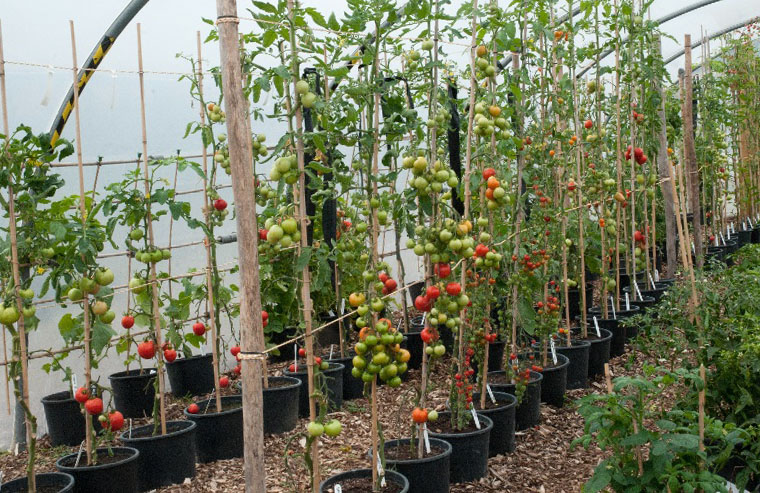Content:
In agrotechnics, a long-known technique is widespread, thanks to which it is possible to grow two or even more different crops at once in one place. Often at the same time, such popular vegetable plants as cucumbers and tomatoes are combined, to which, in addition, certain types of aromatic herbs can be "addicted". Very often, in the same garden or in the same greenhouse, a cucumber is grown near peppers, for example, between the rows of which dill, parsley or cilantro grow quietly (sometimes eggplant can coexist next to them).
With the same success, amateurs and gardeners have long practiced joint planting of peppers and tomatoes in a greenhouse, the neighborhood of which on the same bed is quite acceptable. Growing these vegetables together successfully is a proven method of compacting greenhouse beds in the face of a potential shortage of space for each crop separately.
Before dealing with the issues of joint "living" of these two similar crops within the same greenhouse, we will get acquainted in more detail with the plants themselves, as well as with how their seedlings are prepared for transfer to other conditions.
Information about cultures
Both crops considered here (both pepper and tomatoes) are thermophilic, planted in already sufficiently heated soil after preliminary hardening of the seedlings. Since both of these species belong to the Solanaceae family, they do not conflict in the garden over nutrients and do not spread harmful microorganisms and diseases to both cultures.
Moreover, tomatoes and peppers in the same greenhouse go through approximately the same stages in their development, which allows you to completely control their growth and, as a result, get a very good harvest. The time for collecting fruits does not differ so much for them that close proximity could cause any problems for successful joint vegetation.
This applies both to the differences in the types of tomatoes grown and what kind of pepper is supposed to be grown (sweet Bulgarian or ordinary spicy, characterized by a characteristic bitter taste).
In order for the efforts of gardeners to breed them together, it is recommended to adhere to certain instructions, discussed in more detail in the following sections.
Compatibility conditions
Layout of beds
Most gardeners do not have the potential to keep several greenhouses on their site at once, calculated separately for peppers and tomatoes, which forces them to grow these crops together (that is, in close proximity). Usually they get along quite well next to each other, but sometimes difficulties arise in relation to tomatoes and special varieties of hot peppers.
In this case, it is very important to consider the following conditions under which a tomato can be planted next to a pepper without the danger of any undesirable consequences:
- In a greenhouse intended for the joint planting of tomatoes and peppers, special attention should be paid to the order of formation of beds common to both plants;
- When planting them at the earliest possible date (for central Russia, this is February or March), it is recommended to use a standard checkerboard order for planting crops;
- When implementing it, tall tomato bushes should first be planted in the ground, and only then hot pepper sprouts are placed between them (thanks to this, after removing the stepchildren from the tomato bushes, they will not experience a lack of space and light).
There is another method of arranging seedlings of both crops on a common greenhouse or greenhouse bed, which involves planting pepper (sweet or bitter, it does not matter) right along the line of tomato rows. Thanks to this scheme, it is possible to protect the pepper culture from damage by its aphids, which will be deterred by a specific tomato smell.
Finally, the third method, according to which peppers are planted in a greenhouse along with tomatoes, is to use a scheme in accordance with which the entire area of the greenhouse is divided into two zones of different size.
This circumstance does not lead to a categorical conclusion that in greenhouse conditions it is recommended to grow together (without additional isolation) only those plants that require the same conditions for their full development.
Despite this, if the dimensions of a greenhouse or greenhouse, for which polycarbonate is used as a coating, for example, allows the possibility of dividing internal spaces, this vegetation option should be considered more preferable.
Usually, a tomato is planted in the middle part of them, since the most suitable conditions for airing the bushes are provided here. For planting pepper, in this case, the northern side of the garden building is selected. The result of such a division of crops and the correct selection of their varieties will be a successful harvest in the autumn.
Pollination and oppression problems
It is clear that planting together those crops that can overdust one another is not only undesirable, but also extremely dangerous, since they can begin to oppress each other in one way or another. As a result, it is not uncommon for bitter pepper to impart elements of bitterness to its Bulgarian counterpart and vice versa. That is why, next to tomato seedlings, their joint planting and growing is undesirable.
In addition, they all perfectly coexist if they are planted in open or unprotected soil, having previously carried out high-quality hardening of each of the heat-loving plants.
Many amateur gardeners have learned from their own rich experience that in terms of pollination and oppression, tomatoes also coexist quite well with such common vegetable species as cucumber, carrots, and partly onions and celery.
The culture of cucumbers should be discussed separately. The fact is that when they are grown together with tomatoes, it is necessary to carefully control the distance between different bushes, not bringing them very close within the same bed.
In the case when the greenhouse space for them is divided into separate zones, as a rule, there are no special problems (subject to the rules of agricultural technology, the yield of both crops will correspond to the expected rate).
Co-cultivation (rules)
Soil preparation
In addition to the correct selection of compatible varieties and the selection of the required scheme for planting crop sprouts, before growing tomatoes and peppers in the same greenhouse, the following points must be taken into account:
- Long before planting both plants in the soil, it is imperative to take care of fully enriching it with the nutrients they need;
- Since both of these species belong to crops that prefer a greenhouse regime, the soil should be saturated with peat, which retains heat well, before planting;
- To obtain a plentiful and high-quality harvest of tomatoes, you will also need to carefully monitor all the nuances of the process of forming a shrub, suggesting its correct pinching;
- When growing such a tomato-compatible crop as sweet pepper, the formation of its bush is usually neglected, due to the peculiarities of the growing season of this stunted plant. All the intricacies of its watering and feeding, on the contrary, are given increased attention, since they play a decisive role in the successful development and fruiting of this type of vegetables.
Correct care
The correct procedure for caring for jointly grown crops, first of all, lies in the correct watering of the bushes of these plants, in which primitive laws must be observed. At one time, it was not difficult for enterprising amateur gardeners to "open" them.
So, with abundant moisture in the pepper, you should correctly distribute the poured moisture so that the stream of water is directed only under the bush (it should not fall on its foliage at all). This rule must be adhered to at such a crucial moment in development as the flowering period.
This can be explained as follows: due to inaccurate watering of the plant, touching its leaves and flowers, it will be possible to shake off pollen from them and disrupt the formation of the fruit ovary.
To obtain the expected yield from both plants, accompanied by the collection of aromatic and liquid fruits, the following types of fertilizers will be required to feed them:
- Phosphate baits (superphosphate, in particular);
- Main types of nitrogen and potash chemicals;
- Folk remedies used as nutritional supplements.
In this particular situation, they are understood as such household waste as wood ash, manure, well-rotted foliage (humus) and compost mixed with a small amount of peat. For the most part, they are all prepared in the form of aqueous solutions, which are subsequently filled into small containers. The latter are used for periodic watering of the sprouts of both plants, both during their active growth and during transplantation.
Compatibility with other cultures
Of the plants that are well compatible with any tomatoes, such common vegetable species as radishes, garlic and green onions should be distinguished.
Green bulbs are usually planted next to the tomato line, protecting them with their pungent and unpleasant smell from most garden pests. At the same time, they should not clog the tomatoes.
Garlic, in turn, has special protective properties that are very useful for the survival of tomatoes in their fight against late blight (it is known that they are more susceptible to this unpleasant scourge than any other Solanaceae crops).A special infusion is made from fully developed or still germinating garlic shooters, which is subsequently used for prophylactic spraying of growing tomato bushes.
When considering the compatibility of growing different plants in greenhouse conditions, you should immediately warn against planting potatoes next to tomatoes. The thing is that the potato crop belongs to the same family as tomatoes, and therefore has pests similar to them.
This alignment contributes to the development of processes during which the garden diseases inherent in potatoes are transferred to tomatoes.
In conclusion, let us once again draw the attention of novice amateur gardeners to the fact that if the basic agrotechnical rules are observed in a greenhouse, it is possible to grow a variety of crops. Even if one of them is not quite suitable for these purposes (that is, its poor compatibility is observed), in the case of a competent choice of the method of planting them or the correct location of greenhouse beds, this small drawback can be overcome without much difficulty.
Individual amateurs and enthusiasts of gardening art manage to plant small berry bushes and fruit trees compatible with them in greenhouses with sufficiently high fences next to tomatoes. At the same time, neither one nor the other thermophilic culture, which with great difficulty can be attributed to plants close in class, does not suffer at all.
